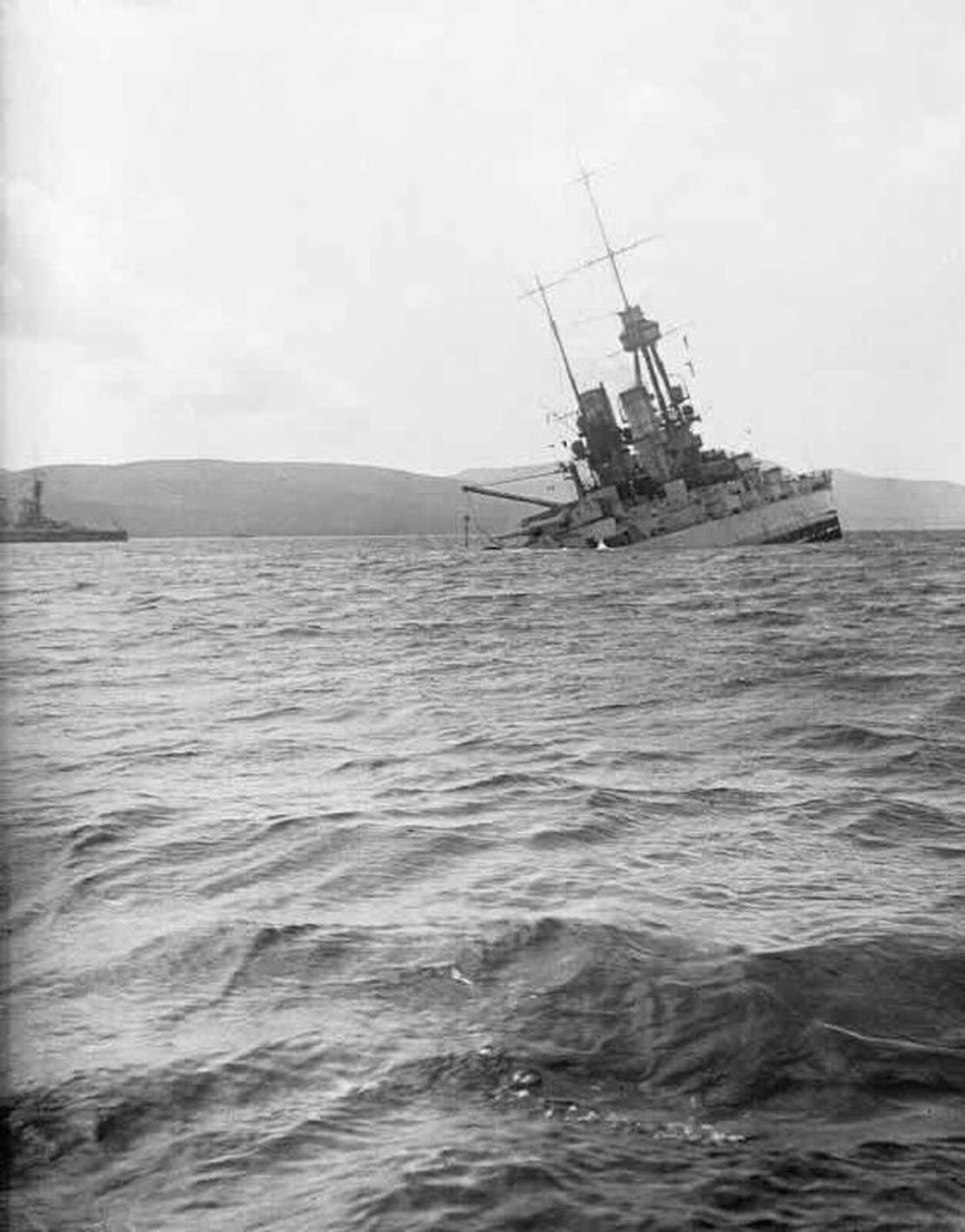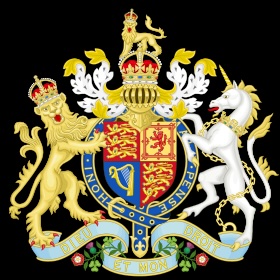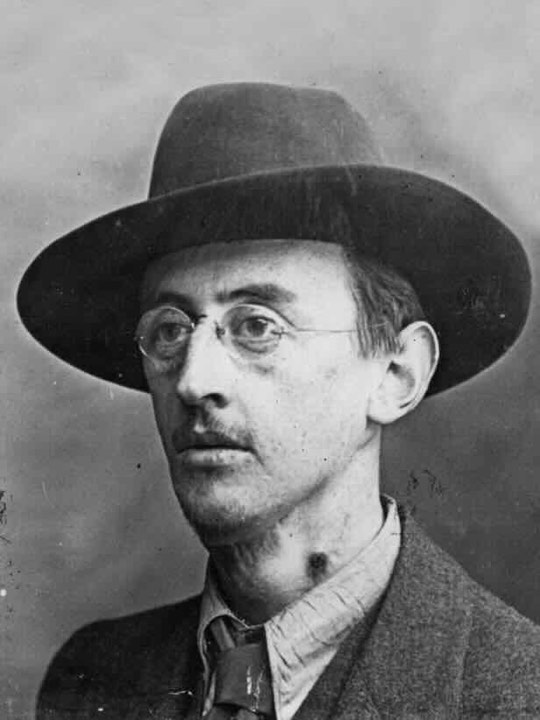- January 1, 1
The surrender of the German High Seas Fleet took place on November 21, 1918, at Scapa Flow in Orkney, Scotland. This event marked a significant moment toward the end of World War I.
As part of the armistice negotiations that led to the end of World War I, the German government agreed to surrender its navy, and the High Seas Fleet was interned in the British naval base at Scapa Flow. The fleet, consisting of battleships, battlecruisers, and other vessels, was to be held there pending the signing of the Treaty of Versailles.
The first craft to be surrendered were the U-boats, which began to arrive at Harwich on 20 November 1918; 176 were eventually handed over. Hipper refused to lead the surface fleet to the surrender, delegating the task to Rear-Admiral Ludwig von Reuter.
The fleet was met by the light cruiser HMS Cardiff (D58) on the morning of 21 November, and was led to the rendezvous with over 370 ships of the Grand Fleet and other allied navies. There were 70 German ships in total; the battleship König and the light cruiser Dresden had engine trouble and had to be left behind. The destroyer V30 struck a mine while crossing, and sank.
However, on June 21, 1919, with the peace treaty negotiations ongoing and the future of the German fleet uncertain, Rear Admiral Ludwig von Reuter, who was in command of the interned fleet, gave the order to scuttle the ships.
In an event known as the “Scuttling of the German fleet,” the majority of the German ships were deliberately sunk by their crews. Of the approximately 74 ships interned, 52 were scuttled.
The scuttling of the German High Seas Fleet at Scapa Flow was a dramatic and controversial episode in the aftermath of World War I. The wrecks of many of the sunken ships still lie on the seafloor of Scapa Flow, and the event is remembered as one of the final acts of the war.

 ← Parliament (Qualification of Women) Act 1918
← Parliament (Qualification of Women) Act 1918
 Joseph Mary Plunkett, Irish patriot and poet, is born in Dublin →
Joseph Mary Plunkett, Irish patriot and poet, is born in Dublin →